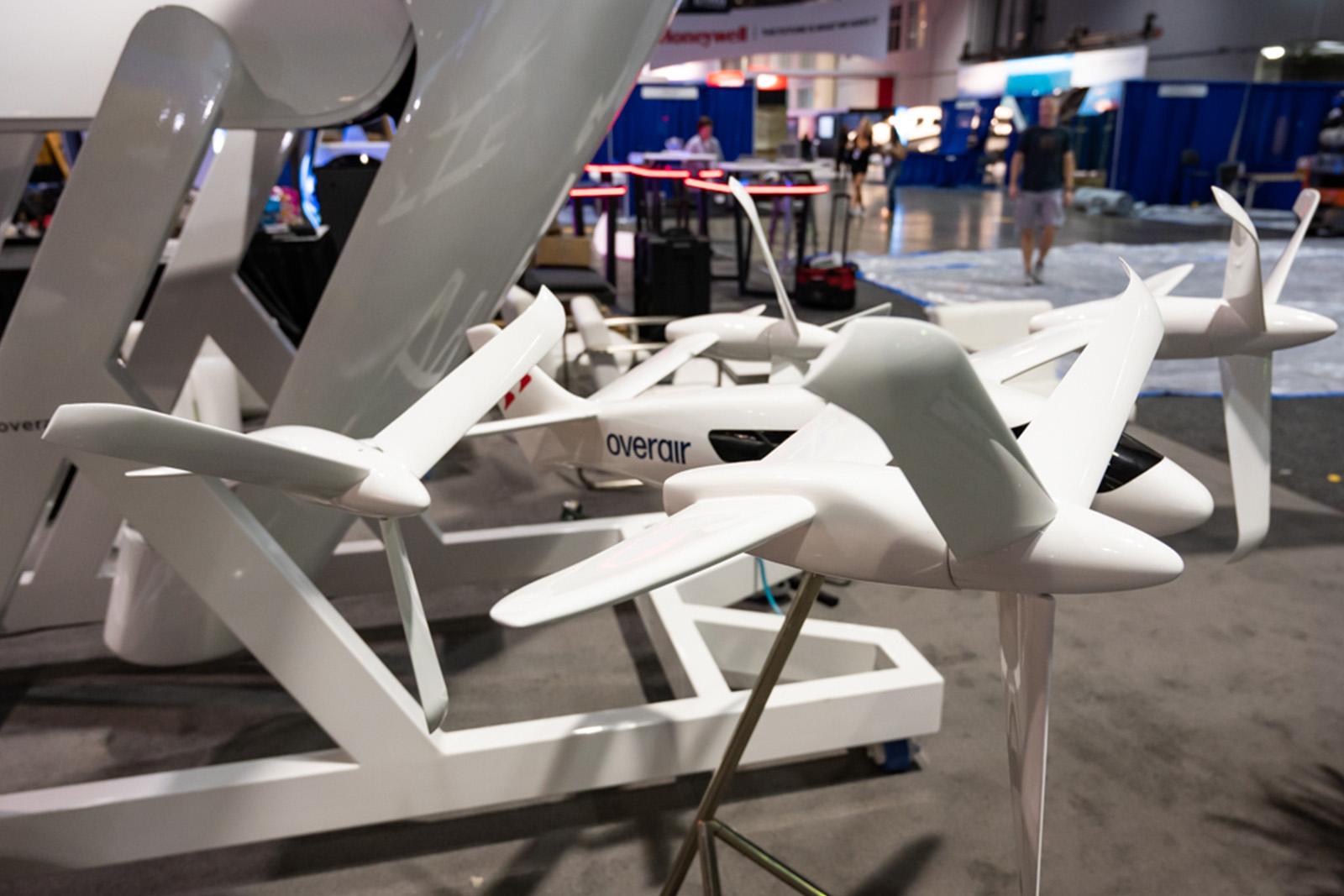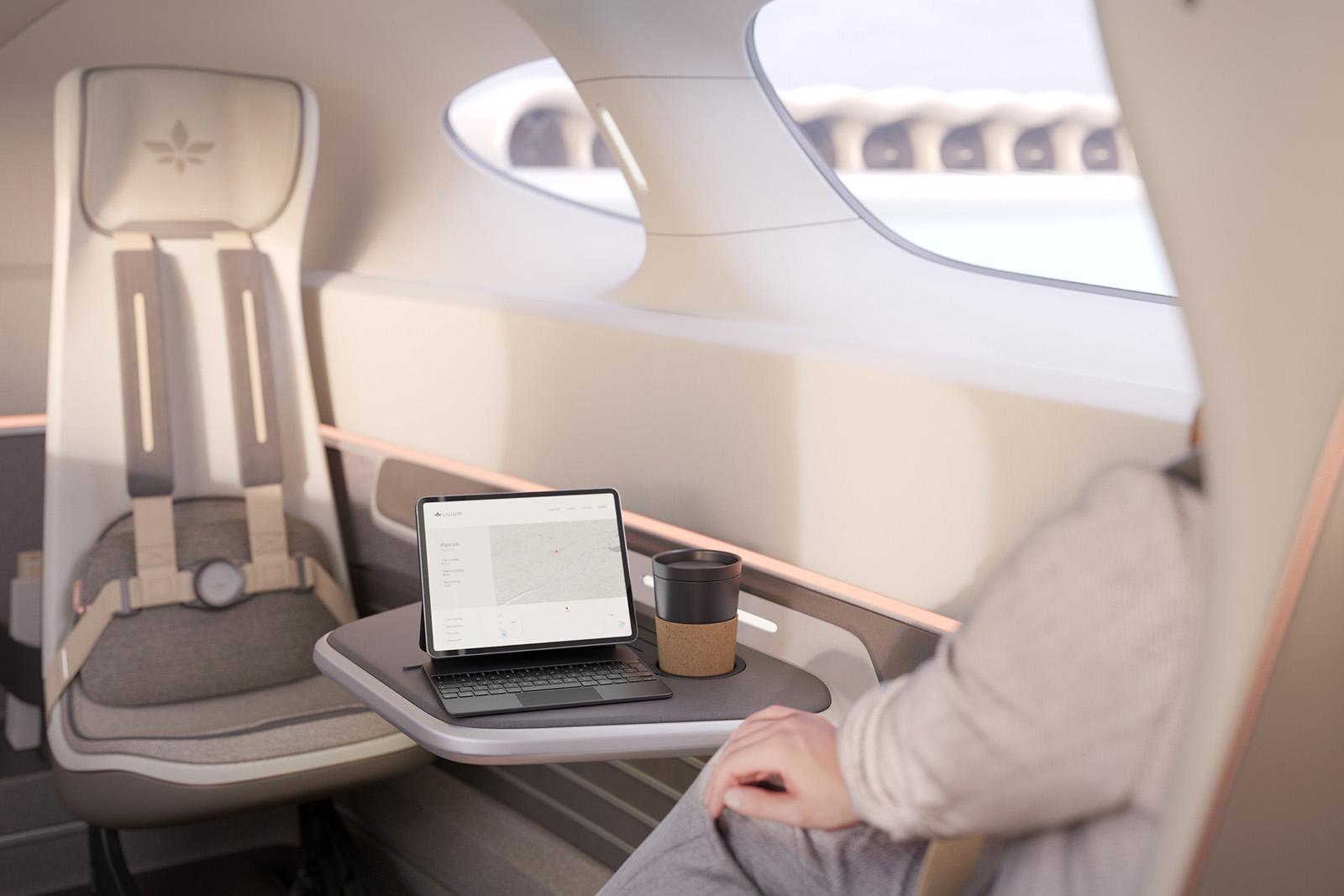
On the face of it, business aviation and advanced air mobility seem well suited to each other. Helicopter operators have the downtown heliports and airport shuttle routes that the air taxi hopefuls want to launch their services. Fixed-based operators have the presence at the airports they want to serve.
But nothing is ever that simple.
The focus of the advanced air mobility (AAM) industry so far has been commercial aviation and the per-seat paying customer. A premium product to start, for sure, but with the longer-term goal of making the service affordable and convenient for more than just the wealthy.
But as the conditional orderbooks have expanded for promised electric aircraft—vertical-, short- and conventional-takeoff-and-landing (eVTOL, eSTOL and eCTOL)—so has the customer base. Names more usually associated with private and corporate aviation have joined the growing lists.
Most eVTOL industry leaders remain focused on launching into the commercial aviation market—with airlines, by themselves or both. But one, German startup Lilium, admits to being surprised by the level of interest from private individuals in buying their aircraft, the Lilium Jet.
There is so much interest that Lilium has adjusted its business plan and now, before rolling out its regional scheduled shuttle service, is aiming the first aircraft deliveries at three segments: premium shuttle, replacing helicopters; charter operators and fractional ownership; and private buyers. NetJets is already on board to provide a shared-ownership channel as well as operations support in the U.S.
In response to what it says is high demand among high net-worth individuals, Lilium is launching a private-buyer sales company, a limited-edition Lilium Jet with tailored premium service and it plans to begin booking preorders by year-end. More details may emerge at the NBAA Business Aviation Convention & Exhibition (NBAA-BACE). This hints at a motive for addressing the premium market first that goes beyond straightforward customer interest. Lilium needs to raise more funding before it can launch its own regional air taxi service and tapping into deposits from well-heeled buyers is a well-worn path for new entrants into aviation.
Lilium is largely alone in highlighting such strong private-buyer interest, but other eVTOL startups have seen their preorder tallies expand beyond commercial airlines to encompass helicopter operators, charter companies, emergency medical service providers and other segments of general aviation.

But the question remains: What role can business aviation play in AAM and will it be complementary or competitive? The answer is likely to revolve around infrastructure, which is emerging as the next major hurdle to overcome as vehicles progress toward certification and the launch of operations.
Take the example of Joby Aviation’s agreement to provide a “home-to-airport” eVTOL service for Delta Air Lines. This can begin using existing downtown heliports and helicopter routes, but Delta wants vertiports close to where its customers live and close to its airport terminals in New York and Los Angeles, so as to offer its premium passengers the greatest time savings.
Heliports either tend to be located away from people, to minimize annoyance, or are under constant public pressure to close, because of that annoyance. Private-aviation terminals tend to be across the airport from the commercial concourses, adding a ground trip into the time equation.
Joby wants to reactivate rooftop helipads for clean, quiet eVTOL operations and Delta wants the air taxis to land on the tarmac next to its aircraft, delivering a true “home to seat” service. Both goals will take time to achieve. The intervening period may provide business aviation a window of opportunity.
Whether it is to invest in electric-aircraft charging infrastructure to prepare existing facilities or to leverage their expertise in building and operating private-aviation terminals, the major fixed-base operators have a choice to make—to participate in AAM or not.
But the risks remain high. No passenger-carrying electric aircraft has yet been certified, eVTOL or otherwise, and the operating rules have yet to be agreed on. And until eVTOL aircraft are in the hands of the first operators, public and passenger acceptance can only be hoped for and not guaranteed.
When it comes to embracing AAM, there can be no doubt that a wide swath of the business-aviation industry is being asked to make a leap of faith.
